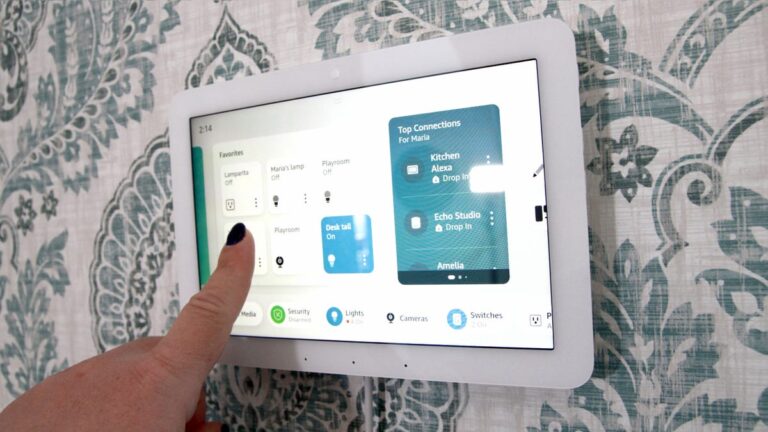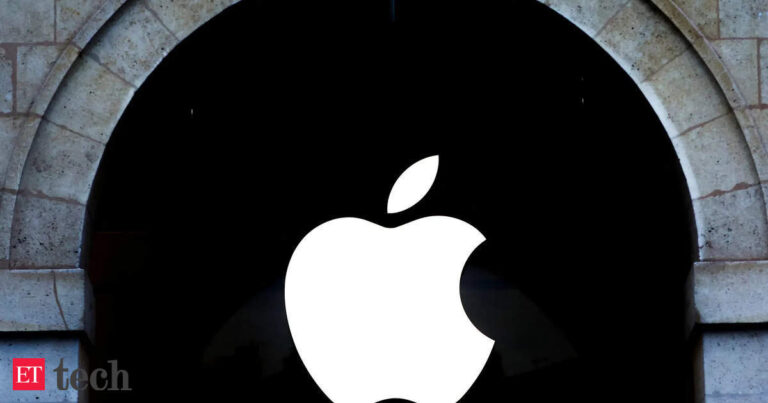Smart Home Automation Market Poised for Next-Level Growth
The Rise of Smart Home Automation: Market Insights for 2024-2032
The smart home automation market is experiencing rapid growth and exciting developments. According to recent findings by HTF Market Intelligence, this market is forecasted to expand significantly, from a valuation of 120 billion USD in 2024 to a whopping 350 billion USD by 2032. This expansion represents a compound annual growth rate (CAGR) of 14% over the next eight years, highlighting a tremendous opportunity for innovation and investment in this sector.
Understanding Smart Home Automation
Smart home automation refers to the integration of Internet of Things (IoT) technology into various systems within homes and commercial spaces. This includes:
- Lighting Control
- Security Systems
- Heating, Ventilation, and Air Conditioning (HVAC)
- Entertainment Systems
As technology evolves, consumers are increasingly drawn to the convenience, energy efficiency, and enhanced security that smart home systems offer. Notably, advancements in artificial intelligence and connections to renewable energy sources are setting new trends in this industry.
Market Segmentation
The smart home automation market can be segmented based on several factors:
- Types: Lighting Control, Security Systems, HVAC, and Entertainment Systems
- Applications: Residential, Commercial, Hospitality, and Healthcare
- Geography: North America, South America, Europe, Asia-Pacific, and the Middle East & Africa
Current Market Insights
North America currently dominates the smart home automation market, driven by the presence of major players such as:
On the other hand, the Asia-Pacific region is the fastest-growing market, indicating a shift in consumer behavior and technological adoption in these areas.
Challenges Facing the Market
While the smart home automation market is booming, it also faces several challenges:
- High costs of implementation
- Cybersecurity risks associated with connected devices
- Lack of interoperability between different systems and brands
These factors need to be addressed to ensure sustained growth in this space.
Key Market Research Objectives
The key objectives of the market study include:
- Analyzing growth trends and future prospects
- Identifying key manufacturers and their market strategies
- Understanding factors influencing market growth, including opportunities and challenges
- Evaluating developments such as new product launches and acquisitions
Five Forces and PESTLE Analysis
A comprehensive understanding of the smart home automation market requires examining external factors influencing it. This includes a five forces analysis, which looks at:
- Bargaining power of buyers and suppliers
- Threat of new entrants and substitutes
- Competitive rivalry within the market
Furthermore, a PESTLE analysis considers:
- Political: Policies that affect trade and regulation
- Economic: Inflation rates and employment levels
- Social: Changes in consumer lifestyles and demographics
- Technological: Advancements in digital technology
- Legal: Compliance with international and local laws
- Environmental: Sustainability practices and their impact
Conclusion
The future of smart home automation is bright, filled with opportunities for growth and innovation. Major players are continuously evolving their offerings, ensuring that customer needs are at the forefront. However, key challenges such as cost and security must also be addressed to fully realize the potential of this dynamic market.
With detailed research and strategic planning, the smart home automation market is set to transform the way we live and work in the coming years. As technology continues to advance, consumers can expect even greater levels of automation and convenience in their daily lives.
For any further inquiries or more detailed reports focusing on specific segments or regions, feel free to reach out to Nidhi Bhawsar at HTF Market Intelligence!
Email: sales@htfmarketintelligence.com








